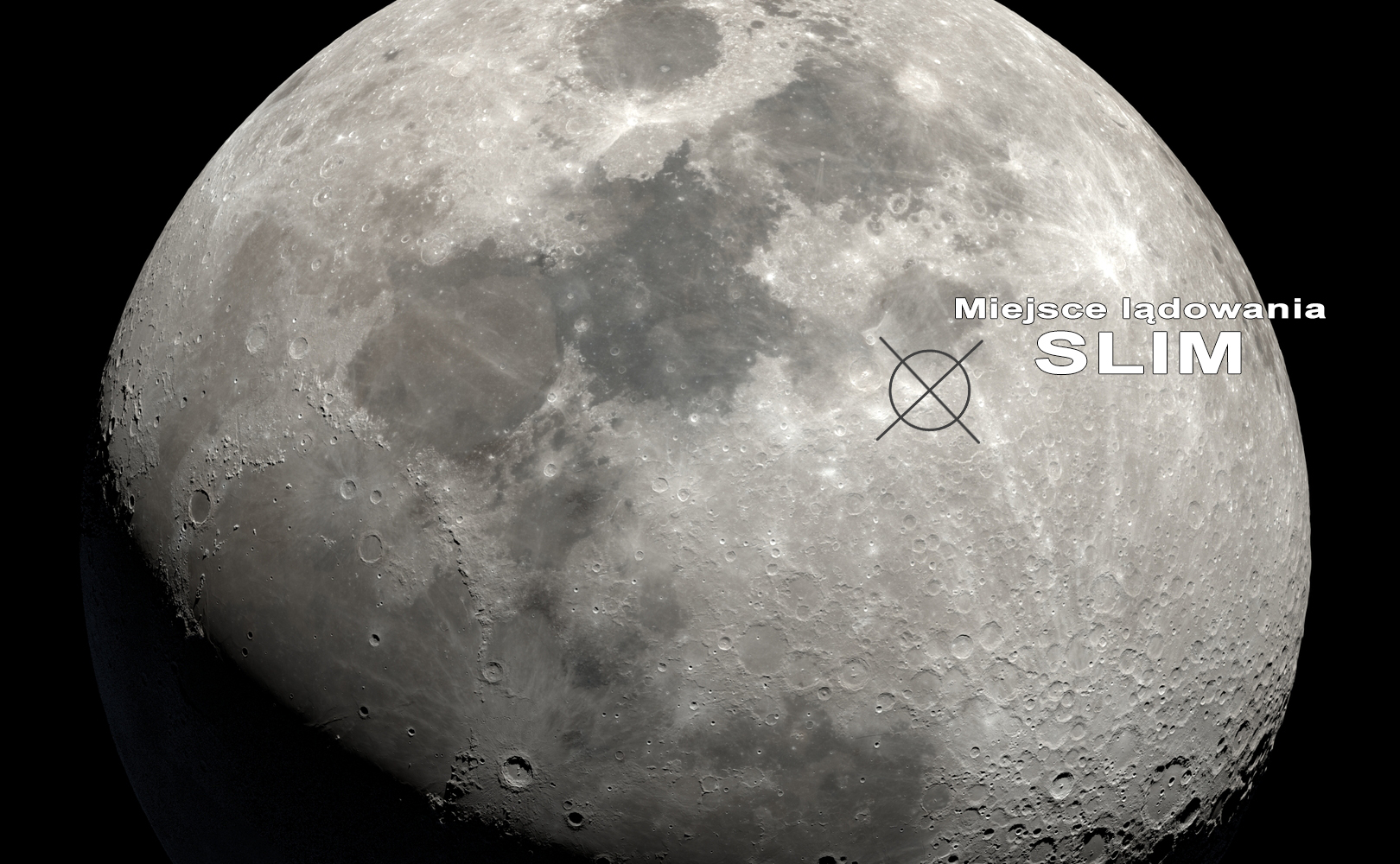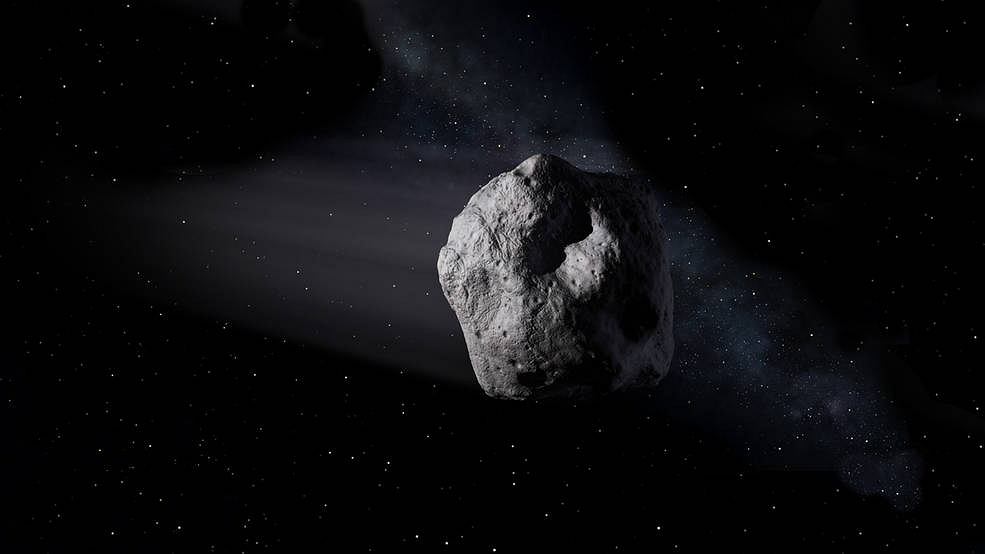The operators of the Japanese SLIM lander, although the mission did not go as expected, can consider themselves very lucky. The lander had already survived rough periods on the moon's surface twice, and it was unprepared for them.
The year 2024 is the time of many lunar missions. But right now, things are not going smoothly. The first American attempt to fly to the moon this year turned out to be a failure, because the Peregrine spacecraft built by Astrobotic did not leave Earth's orbit forever. The second mission, which had significant support from NASA, the Intuitive Machines mission ended in bittersweet success, because the Odysseus lander landed sideways and ceased operation a month later.
Astrobotic has learned from its spectacular failure. The next attempt this year will be carried out under the supervision of experienced experts previously associated with NASA and their assistance will be useful because the Griffin lander is the largest vehicle of this type since the Apollo mission. Intuitive Machines also has plans for another lunar mission, perhaps this fall.
Japan became the fifth country to land on the moon, but…
Against the backdrop of American defeats, the Japanese had the opportunity to perform well. Their SLIM rover was launched in 2023 and took a fairly long trajectory to attempt a lunar landing in January, even before Odysseus. The SLIM lander, built by Mitsubishi Electric for Jax, touched down, but what happened was what Odysseus also witnessed a few weeks later. The rover did not rest evenly on the surface and flipped over, directing the solar panels in a less sunny direction, which negatively affected the lander's energy budget.
The launch of two smaller instruments called LEV-1 and LEV-2 before the SLIM landing, which landed on the lunar surface and were able to take SLIM images after landing, made it possible to assess the vehicle's orientation. (Image: JAXA)
It was necessary to allow SLIM to recover and turn it off for some time, just a few hours after landing on January 20, 2024, because the power reserve in the batteries dropped to 12 percent. Before the moonlit night, which lasts about two weeks and involves a sharp drop in temperature, Salim wakes up and tells him that he will not give up easily.
The surroundings of the SLIM lander in a photo taken before the first night on the Moon. (Image: JAXA)
However, this did not improve the mood of mission controllers, because SLIM's designers did not take into account its operation longer than the end of the lunar day when the lander reached the lunar surface. However something unexpected happened. Then the same thing happened again.
Moonlit nights didn't hurt Slim. for now
Although the Japanese lander was not designed to spend several days at temperatures below -130 degrees Celsius, it turned out that it was capable of doing so. After completing SLIM's first night on the Moon, the lander woke up and spent two days examining the surface using its onboard camera.
The SLIM, or Smart Lander for Investigating Moon, lander has survived two lunar nights. Now he faces the third.
Of course, this does not mean that nights are good for SLIM. An extended period of time in which the lander's batteries are in full sunlight after the end of the night can be used to recharge and provide another short phase of operation. However, since the structure was not designed with moonlit nights in mind, the SLIM restart is a huge boon.
Configuration of the Moon relative to the Earth on March 28, 2024. Another night is coming, the darkness of which will once again engulf the sea of lunar nectar, on the outskirts of which SLIM landed – the location marked with a red dot. (Image: NASA SVS)
Moreover, after the end of the second lunar night spent by SLIM on the Moon, contact with Earth was restored as soon as it became possible, and the lander once again began photographing the area using navigation cameras and collecting data from other scientific instruments. This information was preceded by the news of the end of Odysseus' mission, as Odysseus failed to wake up after his first night on the moon.
The success of the Japanese mission may have helped position the rover in a better position than with the Intuitive Machines lander, although it was not optimal, increasing the chances of recharging the batteries. SLIM also landed at a much greater distance from the Moon's south pole than Odysseus. However, the Moon has already passed its first full moon of spring, and the terminator is constantly moving toward SLIM's landing site. It would soon be night there again, and then the aviation department would be eagerly awaiting the announcement again. However, the chances of this happening diminish with each revolution the Moon makes around the Earth.
Source: Japan Aerospace Exploration Agency, Moon Daily, inf. king

Echo Richards embodies a personality that is a delightful contradiction: a humble musicaholic who never brags about her expansive knowledge of both classic and contemporary tunes. Infuriatingly modest, one would never know from a mere conversation how deeply entrenched she is in the world of music. This passion seamlessly translates into her problem-solving skills, with Echo often drawing inspiration from melodies and rhythms. A voracious reader, she dives deep into literature, using stories to influence her own hardcore writing. Her spirited advocacy for alcohol isn’t about mere indulgence, but about celebrating life’s poignant moments.










